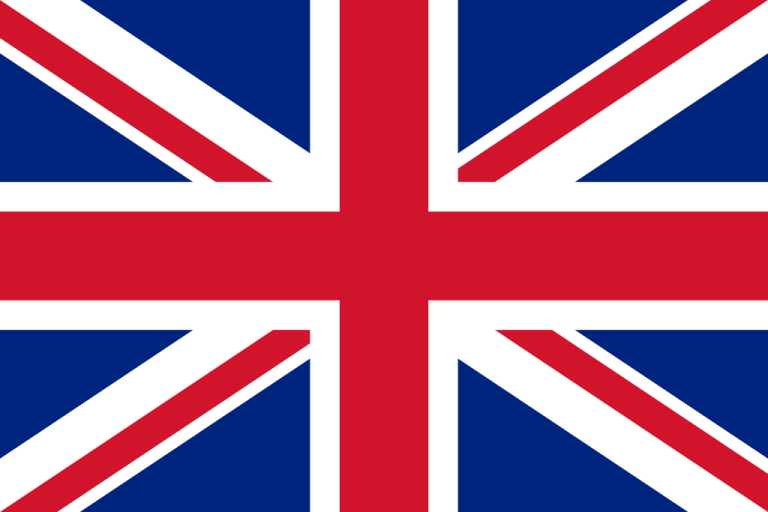
Education Structure
The first year
In the first year, both mixed and homogeneous classes are used. In a mixed class, pupils follow the highest level curriculum. This means that pupils in a combined (t)vwo/(t)havo class follow the (t)vwo curriculum. Pupils in the combined (t)havo/mavo class follow the (t)havo curriculum.
If pupils perform well, they can move up to the next year of a higher level (during the school year). We believe it is important that pupils are given sufficient opportunities after primary school to develop towards the most appropriate level of education.
Once your child has completed the first year, he/she will continue to the second year of (t)gymnasium, (t)atheneum, (t)havo or mavo. Most pupils will continue to follow the type of school they have chosen. Of course, there may be circumstances that require a transfer to another type of school. For example, if your child is performing better or worse than expected. In most cases, you will not need to look for another school, but your child will only need to change the type of school. For the VMBO-basis and VMBO-kader programmes, pupils within our Foundation can attend the Oude Bossche Baan location.
Lower school
By “lower school”, we mean the first two years of mavo and De Campus and the first three years of (t)havo and (t)vwo. In these lower school years, we want to prepare our pupils well for the upper school. In doing so, we respond to the differences between pupils; after all, some develop faster than others.
Your child can make choices in his or her learning process and becomes responsible for his or her own learning results. Of course, the level of the subject matter is monitored so that pupils are offered a continuous learning pathway throughout their school career. In order to connect with the pupils’ experiences, we regularly work with projects, both subject-specific and cross-curricular.
The number of hours spent on each subject per school year is listed in the lesson tables. These also indicate the “plus hours” and “coaching hours”.
Plus hours are hours that a pupil spends on individual subject guidance or social-emotional guidance. Coaching hours are lessons in which pupils are prepared for the learning and choice process.
Upper secondary (t)mavo
The mavo programme consists of theoretical subjects and more practical subjects such as art, music, drama and physical education 2, in which exams can also be taken.
The exam programme (Programma van Toetsing en Afsluiting, PTA) starts in the third year and is completed in the fourth year.
Our mavo programme prepares your child for further education at MBO level and for an independent life in our society. Our examination programme is therefore not only about acquiring knowledge, but also teaches your child skills through practical assignments, projects, the profile assignment and, if applicable, an internship.
To ensure a smooth transition to further education, we work with profiles. At the end of the second year, students choose from the profiles Technology, Care & Welfare or Economics.
Mavo exams
The mavo exam starts in the third year. Your child will receive one or more tests from the PTA for each subject. Together with these tests in the fourth year, this will result in a single grade for the school exam. The average of the school exam and central exam determines the final grade.
At the end of the third year, two subjects are completed: art subjects 1 and social studies. The grade for social studies counts as the seventh or eighth exam subject. The assessment for art subjects 1 must be satisfactory or good. If the assessment is unsatisfactory, your child will not be able to obtain a diploma. The same applies to the subject of physical education in the fourth year. The assessment must be at least satisfactory.
In the third year, a practical internship assignment is completed, for which a grade is given. In the fourth year, a profile study is completed, which must be assessed as satisfactory or good. If the assessment is unsatisfactory, your child will not be able to obtain a diploma.
All tests to be taken from the PTA, the practical assignments and the profile study are listed in the PTA. The PTA is published before 1 October in the relevant school year.
Upper secondary (t)vwo/(t)havo
Profiles
The curriculum consists of a common part, a profile part and a free part. The subjects in the common part are compulsory for all students. We have added the subject career orientation to this part. That subject is also compulsory.
For the profile section, your child can choose from the following four fixed subject packages:
- Culture and Society;
- Economics and Society;
- Nature and Health;
- Nature and Technology.
In the free section, your child must choose a subject from a number of new subjects or from the subjects of another profile. If your child wants to take more than one subject for the free section, this will be included as a “supplementary subject”. In most cases, an exam can also be taken in this supplementary subject, but it does not count towards a student’s pass or fail. If the result is satisfactory, the supplementary subject can be substituted for another subject, provided it is appropriate for the chosen profile.

